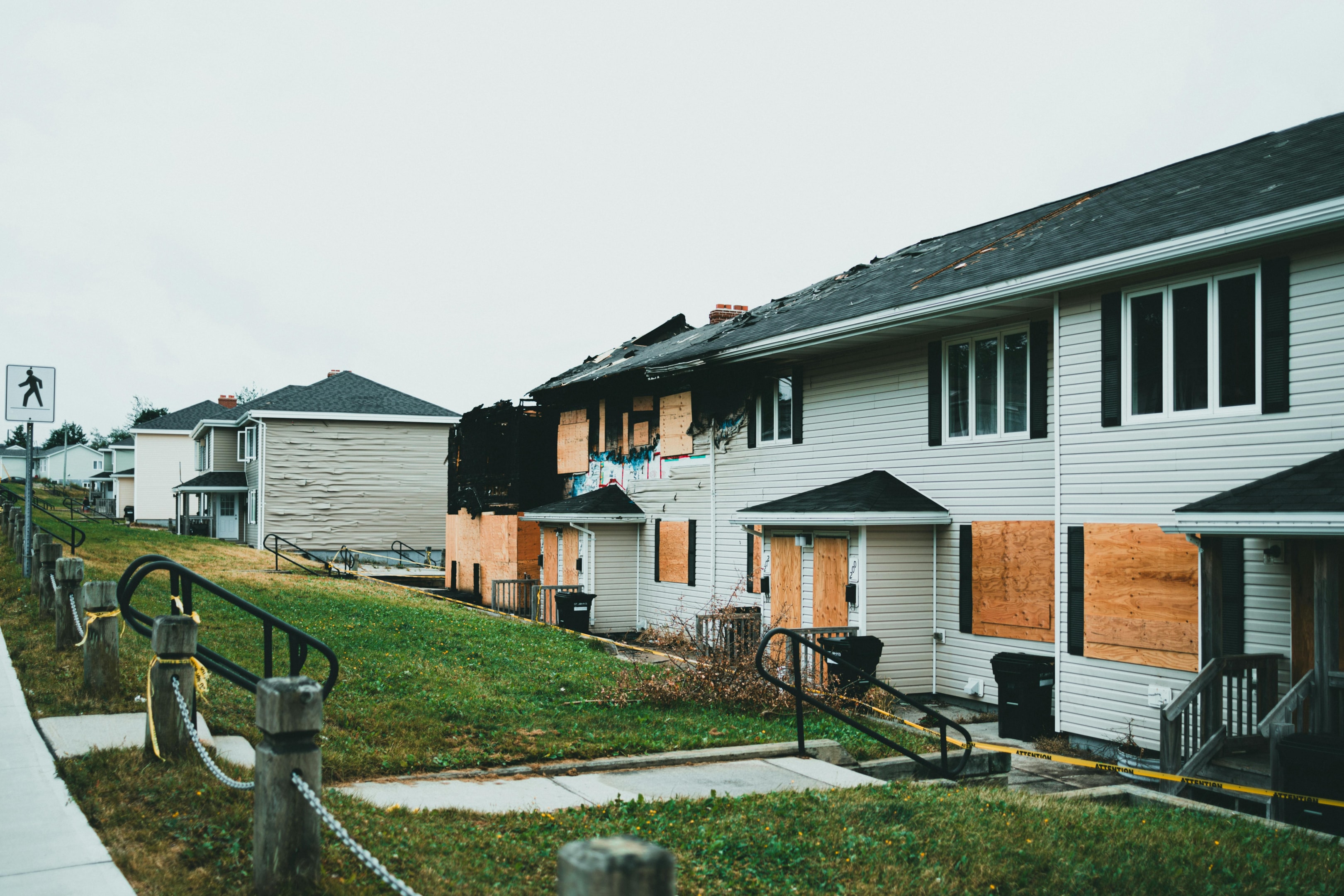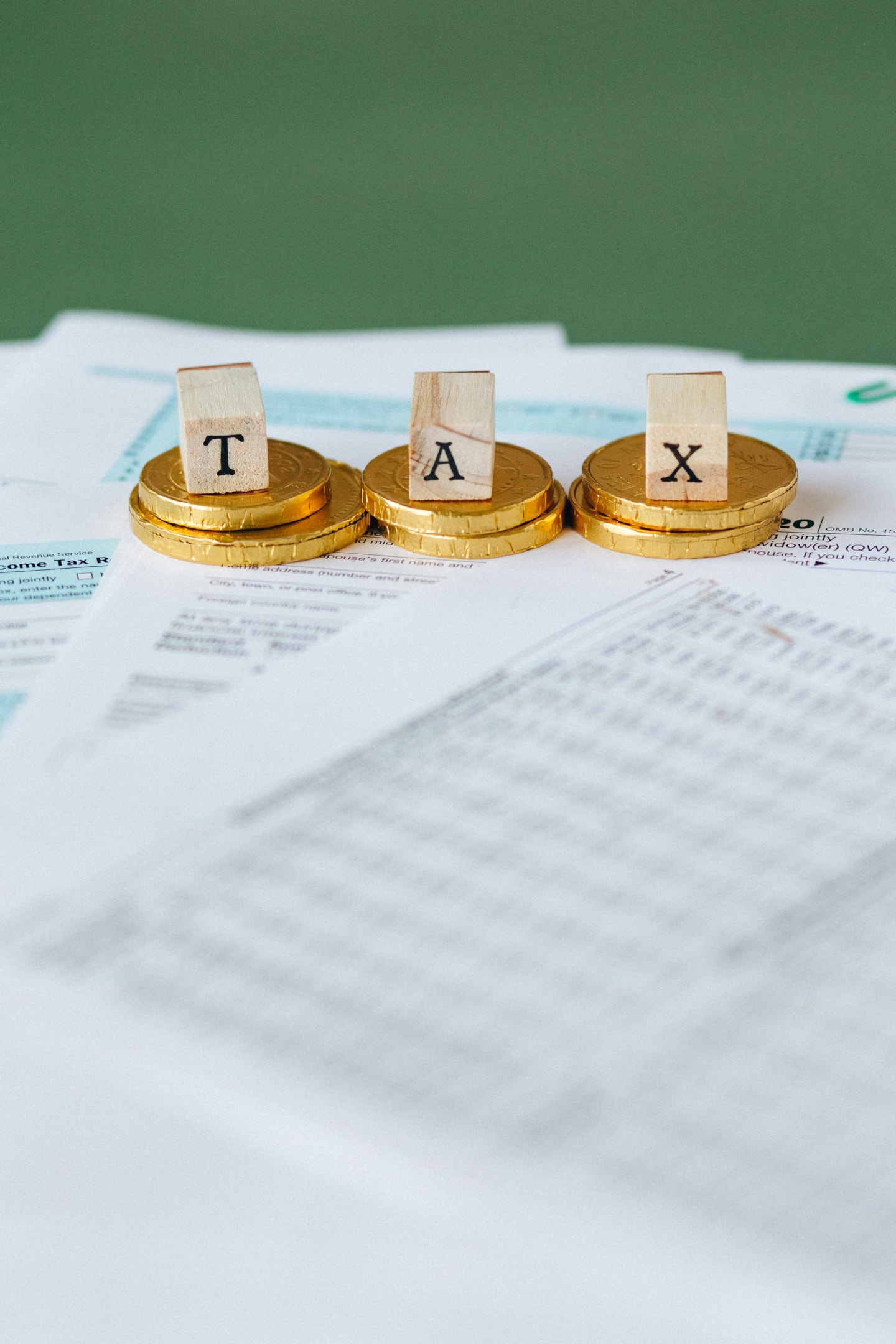Flipping Fire-Damaged Property: A Hot Opportunity for Real Estate Investors

Introduction to Fire-Damaged Property Investing
What Is a Fire-Damaged Property?
A fire-damaged property is any residential or commercial structure that has suffered damage due to fire, heat, smoke, or water from firefighting efforts. Residential fires are a common cause of fire-damaged properties, highlighting both the prevalence and significant impact of such incidents on homeowners. Damage may range from minor cosmetic blemishes to severe structural compromise. While these properties are often viewed as liabilities by homeowners, they can be hidden gems for experienced investors who know how to uncover value beneath the soot.
Why Investors Are Attracted to Burnt Homes
The answer is simple: opportunity. Fire-damaged homes often sell at deeply discounted prices due to their condition and the emotional distress of owners. However, sellers may accept offers far below their home's true value due to lack of knowledge. Understanding property value is crucial to accurately assess worth and avoid exploitative tactics. Motivated sellers want to offload quickly, and savvy investors can acquire properties well below market value. If you have a sharp eye for potential and the grit to tackle complex projects, fire-damaged properties can offer huge margins.
The Pros and Cons of Flipping Fire-Damaged Properties
Advantages That Make the Risk Worthwhile
Below-Market Purchase Price: Fire-damaged properties can sell for up to 50% less than comparable undamaged homes.
Less Competition: Most investors avoid these properties due to perceived complexity.
High After-Repair Value (ARV): Properly restored homes can command top dollar.
Flexible Terms: Sellers and insurers are often more willing to negotiate flexible sale terms.
House flippers often target fire-damaged properties due to the potential for high returns.
Acquiring many properties, especially fire-damaged ones, can be a strategic approach for investors looking to scale their portfolios.
Common Challenges You'll Encounter
Unseen and Extensive Damage: Extensive damage from fire, smoke, or water can significantly increase repair complexity and costs, as these elements can penetrate deep into walls, subfloors, and insulation.
Permit and Code Compliance Issues: Rehab projects must often meet current codes, which may be stricter than when the home was built.
Financing Hurdles: Banks rarely finance fire-damaged homes. Investors have to get creative with financing options.
Timeline Extensions: The restoration process can be slower and more detailed than cosmetic flips.

How to Find Fire-Damaged Properties
Public Records and Fire Department Reports
The local fire department is a key source for records and information about fire-damaged properties, often maintaining logs of incidents that are accessible to the public. These logs provide addresses, incident reports, and sometimes the cause and severity of the fire. Combine this with your local MLS to spot distressed listings not yet marketed as fire-damaged.
Networking with Insurance Adjusters and Contractors
Insurance agents, along with adjusters, fire marshals, and restoration contractors, often encounter fire-damaged homes first. Forming relationships with insurance agents and these other professionals can give you an early lead on potential acquisitions — even before they hit the market. To learn effective networking methods, read Mastering Real Estate Networking: Successful Strategies for Success.
Evaluating the Property's Potential
Assessing Structural Integrity
Assessing the extent of structural damage is critical for determining the property's safety and repair needs. Fire can compromise foundational elements like joists, beams, and framing. Always partner with a licensed structural engineer to inspect the entire structure. Miss one major defect, and your profits could go up in smoke.
Estimating Repair Costs
Don't wing it — build a detailed scope of work with real contractor bids. Restoration costs are a major component of the overall repair budget and must be carefully estimated. Include line items for:
Smoke remediation
HVAC replacement
Electrical rewiring
Roof, drywall, and flooring
It's important to always keep budget at the top of mind, especially when working with properties that might have unforeseen damage. Read Essential Strategies for Budgeting for Real Estate Investing Success.
Working with a Qualified Inspector
Not all inspectors are qualified for fire damage assessments. Hire one certified in fire restoration or environmental hazards — someone who understands the difference between cosmetic and structural fire impact.
Understanding Insurance and Legal Issues
Navigating Property Insurance Claims
The insurance company is responsible for assessing the fire damage and processing claims when a home is under an active insurance claim. In these cases, the seller might not yet own the insurance payout — or may still be in negotiations. Ensure the title is clear, the insurance claim is settled, and there are no liens tied to the payout. It is also important to confirm that any outstanding mortgage or financial obligations are fully paid before the sale is finalized.
Dealing with Code Violations and Permits
Older homes often require updates to meet current building codes during restoration, such as replacing knob-and-tube wiring, adding fire sprinklers or extra egress windows, and installing modern insulation and smoke detectors. Permit delays can impact your timeline, so it's important to factor in local regulations and consider consulting a real estate agent familiar with these requirements to ensure legal compliance and accurate property assessment.

Tax Implications of Fire-Damaged Property
When dealing with a fire damaged property, understanding tax implications can significantly impact your bottom line. As a real estate investor, you may deduct repair and restoration expenses as business costs, so keeping detailed records of all expenditures is essential. Fire damage often causes property depreciation, which also affects taxes. If you plan to sell after renovations, consider potential capital gains taxes. The IRS has specific rules on reporting losses and gains from fire damage, making consultation with a tax professional advisable. Being aware of these factors helps maximize profits and avoid surprises, keeping your investment strategy on track whether buying, fixing, or selling fire damaged properties.
Environmental Concerns with Fire-Damaged Properties
Fire-damaged properties often come with hidden environmental risks that can impact both your investment and the health of future occupants. As a real estate investor, it's crucial to assess every fire damaged home for hazards like asbestos, lead-based paint, and mold—especially in older properties where these issues are more common. Hiring a qualified environmental assessor is essential to identify these dangers, and if found, licensed professionals must handle safe removal. Mold, which thrives in damp conditions after firefighting, can cause significant damage if not promptly remediated. Ignoring these risks can lower property value, hinder sales, and expose you to legal liability, so addressing environmental concerns proactively protects your investment and ensures a safe, marketable home.
Financing a Fire-Damaged Flip
Traditional Lenders vs. Hard Money Loans
Conventional banks typically won't touch fire-damaged assets — but hard money lenders will. These short-term financiers specialize in distressed properties. Expect higher interest rates (8–14%) and points (1–3), but faster approvals and less red tape. Some financing options, including hard money loans and certain government-backed loans, may also involve higher closing costs, which should be factored into your investment analysis. To learn what options are out there for creative financing, read Creative Financing for Real Estate Investors: Top Tips to Save Money.
Leveraging Private Investors for Fire-Flips
Pitch your deal with a solid pro forma and clear exit strategy. Emphasize:
Purchase discount
Projected ARV
Rehab timeline
Safety improvements
Consider using a cash buyers list to identify potential buyers or deals for fire-damaged properties, especially at auctions. Working with cash home buyers can also provide a fast and uncomplicated transaction, as they are experienced in purchasing and repairing fire-damaged homes. Private money is often more flexible and can give you a competitive edge.
Creating a Rehab Plan
Prioritizing Safety and Code Compliance
Before renovating a fire-damaged property, prioritize safety by addressing structural reinforcements, removing smoke and soot, mitigating mold from water damage, and testing air quality. Ensuring all safety and code compliance issues are resolved first not only protects occupants but also enhances the home's trustworthiness and appraisal value.
Deciding Between Full Rehab or Partial Restoration
If over 40–50% of the home is destroyed, it may be more cost-effective to tear down and rebuild. Otherwise, salvage what you can — preserving framing and layouts can save tens of thousands. Restoring a fire-damaged home is typically more complex and time-consuming than renovating an undamaged property, due to additional repairs and safety concerns.

Working with Contractors
Finding Experienced Fire Restoration Pros
Not every contractor understands the unique challenges of fire repair. Vet for:
IICRC certification
Experience with fire/smoke/water damage
References from similar projects
Managing Costs and Timeline
Time is money. Set milestones and penalties for delays. Negotiate deals with contractors to secure favorable pricing and keep both costs and timelines under control. Use a construction management app like Buildertrend or CoConstruct to track progress, change orders, and budgets. For tips on finding a good contractor, read Find Contractors for Real Estate: An Investor's Guide to Building a Winning Team.
Quality Control for Renovation
Renovating a fire-damaged property goes beyond aesthetics; it requires strict adherence to safety and quality standards to protect your investment and attract buyers. Hire an experienced general contractor, ensure compliance with current building codes, and schedule regular inspections—including third-party checks for critical repairs like structural work and smoke remediation. Prioritizing quality control reduces costly mistakes, builds buyer trust, and helps your renovated property stand out in the market, ultimately safeguarding your budget and maximizing your return.
Final Inspection and Walk-Through
Before handing over the keys to a new owner or tenant, a thorough final inspection and walk-through of your fire-damaged property is essential. This is your last chance as a real estate investor to ensure every repair meets your standards and that the property is move-in ready. During the walk-through, check that all systems—electrical, plumbing, HVAC—function properly and look for any lingering signs of fire damage or unfinished work. Document the property's condition with photos and videos to create a clear record of the transformation from damaged property to restored home. Conducting a meticulous final inspection protects you from future disputes and gives you confidence that your investment is safe, compliant, and market-ready. Taking this extra step sets you up for a smooth sale or rental and reinforces your reputation as a diligent, professional investor.
Marketing and Selling the Repaired Property
Highlighting the Renovation Story
Today's buyers love transparency. Create a "restoration journey" to show:
Before/after photos
Safety upgrades
Quality materials used
Professional certifications
When marketing a fire damaged house, highlight the investment opportunity for buyers seeking value-add properties. Mention that smoke damage has been professionally cleaned and inspected. Emphasize offering a fair cash offer or working with cash buyers who can close quickly and handle repairs. Provide documentation about the fire, insurance claims, and repairs completed. Clearly communicate the property's condition and price attractively to attract investors and maximize profit.
Overcoming Buyer Hesitations
Fire history raises red flags, so be proactive by offering warranties, disclosing improvements, and providing air quality and mold reports. Highlight your negotiating power when dealing with cash buyers or investors, as they often have fewer requirements and are willing to purchase fire-damaged homes as-is, reducing complications. Emphasize the financial considerations involved, such as the need to pay for repairs or other costs before closing, and the potential return on investment for buyers. If you own a rental property, remember that rental property owners may have additional considerations, including the impact of fire damage on rental properties and the importance of an accurate assessment to determine future rental income and insurance costs. Let buyers know they're getting a home that's safer than new.

Common Mistakes to Avoid
Underestimating Costs
Even seasoned flippers fall into this trap. Build in buffers, and expect the unexpected. Underestimating costs can jeopardize the profitability of an investment property, making accurate budgeting essential.
Ignoring Insurance or Legal Red Flags
If the title isn't clean or the insurance claim is unresolved, walk away. Or negotiate better deals to compensate for the insurance or legal risks.
Tools and Resources for Fire-Damaged Flips
Estimating Software: FlipperForce, DealCheck
Local Databases: County fire marshal logs, permit databases
Construction Management: Buildertrend, CoConstruct
Smoke/Fire Remediation Vendors: SERVPRO, BELFOR, Paul Davis Restoration
Cash Buyers List: Use a cash buyers list to identify potential buyers for fire-damaged properties, especially those available at property auctions.
Is Flipping Fire-Damaged Properties Right for You?
Key Investor Traits for Success
Risk tolerance
Patience for permits and red tape
Problem-solving skills
Strong contractor management
Risk Tolerance and Exit Strategies
Every deal needs a backup plan. If the flip doesn't sell:
Convert to a rental
Sell to another investor
Consider owner-financing options
Conclusion
Flipping fire-damaged properties isn't your average real estate play — it's a niche that demands courage, expertise, and grit. But for those who lean in, it offers returns that few other strategies can match. With the right knowledge, a strong network of professionals, and thorough due diligence, a burnt house can become your hottest deal yet. Understanding the unique challenges and opportunities in this market allows investors to capitalize on undervalued properties, turning what many see as a liability into a lucrative investment.